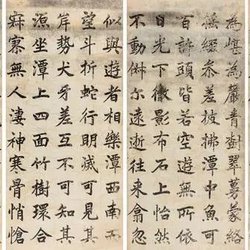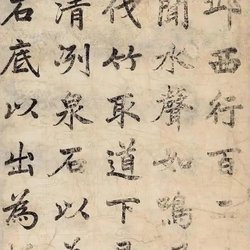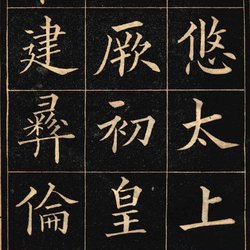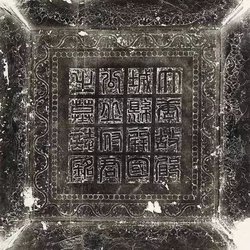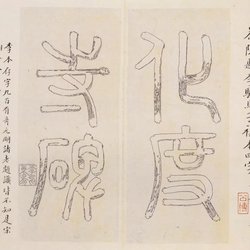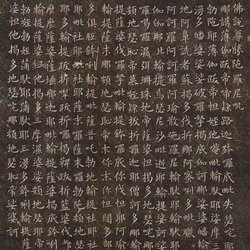"The Epitaph of Duke Wen" was written and written by Ouyang Xun in the 11th year of Zhenguan (637) when he was 81 years old. It is an engraving stone for another epitaph of the same tomb owner in the "Stele of Duke Yu and Duke Wen" in Ou Shu. The difference is that the stele is erected in front of the tomb, the epitaph is buried with the coffin in the tomb, and there are two carved stones in one tomb. Both the stele and the inscription were written by a top calligrapher, which shows that the calligrapher and the tomb owner have an extraordinary relationship. This Zhizhi was buried in Wen Yanbo's tomb on the east side of Zhaoling in the 11th year of Zhenguan. It is impossible to verify when it was unearthed and passed down to the world, but it was handed down in an orderly manner. The whole annals has clear square borders, with a total of 36 rows and 32 squares in each line. The size of the square borders is 1.6 × 1.6 cm. Excluding spaces and erosion, a total of 1025 zigzag characters can be discerned. The title at the beginning of the chapter is "The epitaph of Yu Gonggong Wen Gong of the Tang Dynasty, the right servant of the Minister of the Tang Dynasty shot up to the pillar", and the end of the chapter is signed "Compiled and written by Ouyang Xun, the doctor of Yinqing Guanglu". "Wen Gong's Epitaph" is a masterpiece written by Ouyang Xun in regular script. Ouyang Xiu of the Song Dynasty said in "Collection of Ancient Records": "The Epitaph of Wen Yanbo written by my family is also the last work." The great connoisseur Zhao Xihu of the Song Dynasty wrote the "Dongtian Qinglu Collection" and the Qing Dynasty Yang Bin's "Da Lao Ou" It was recorded in "The Records", and then disappeared. An article was published in the 6th issue of "Chinese Calligraphy" in 1999, revealing that the rubbings from Ouyang Xun's lost book and the Wen Gong epitaph were found in Huangshan, Anhui. Some experts believe that they were rubbings made by merchants in the past based on the stone cut out of the framed book, but they still have a European style charm. The order of the thirty-two-character version of Chengxintang is rather chaotic, but some enthusiasts have better sorted it out, so I collected it here.






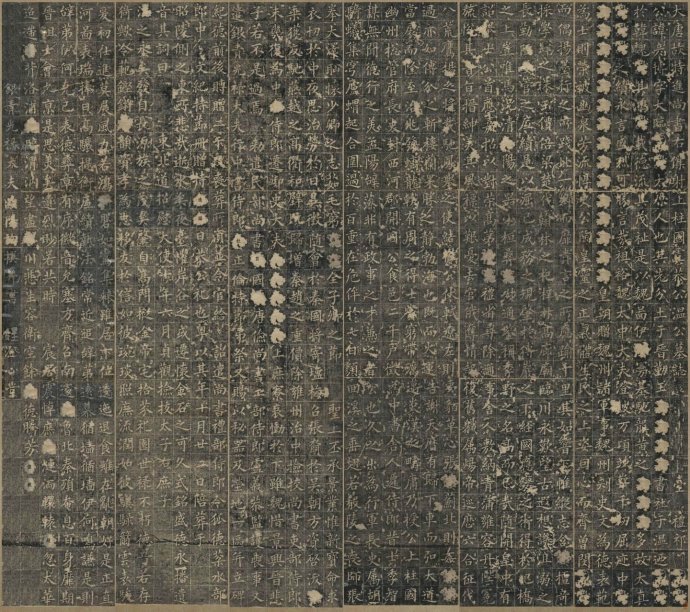
The right servant of the Tang Dynasty Emperor Jin Shangshu shot the epitaph of Guowen Gong on the pillar

